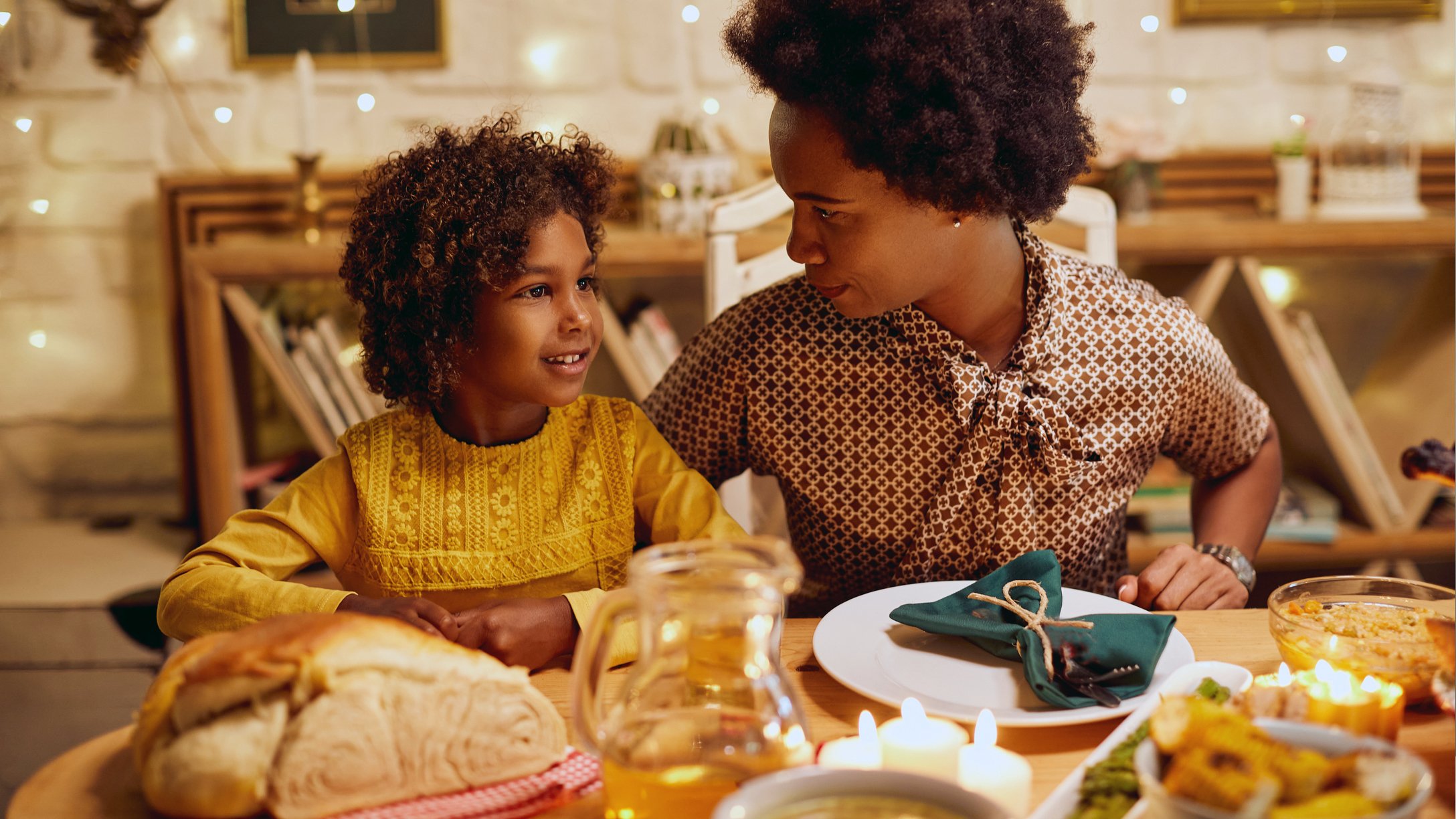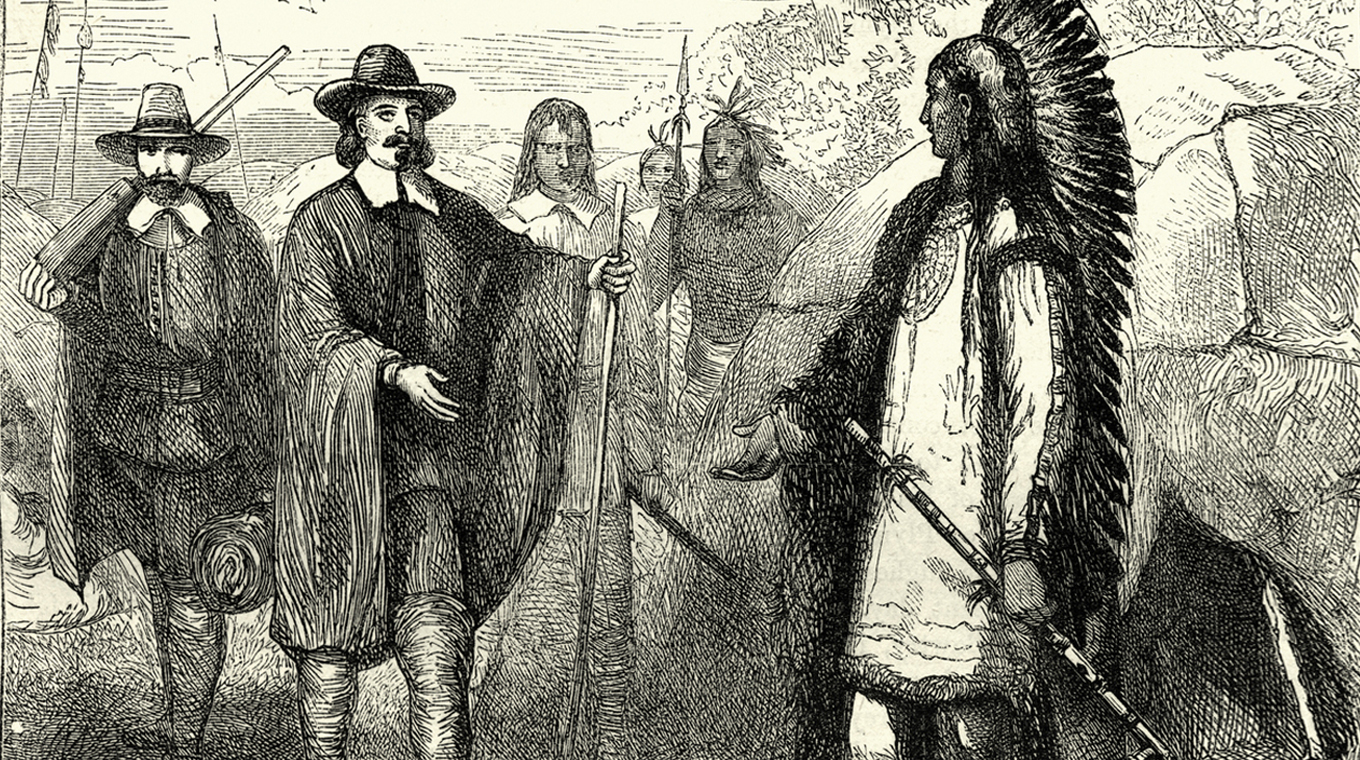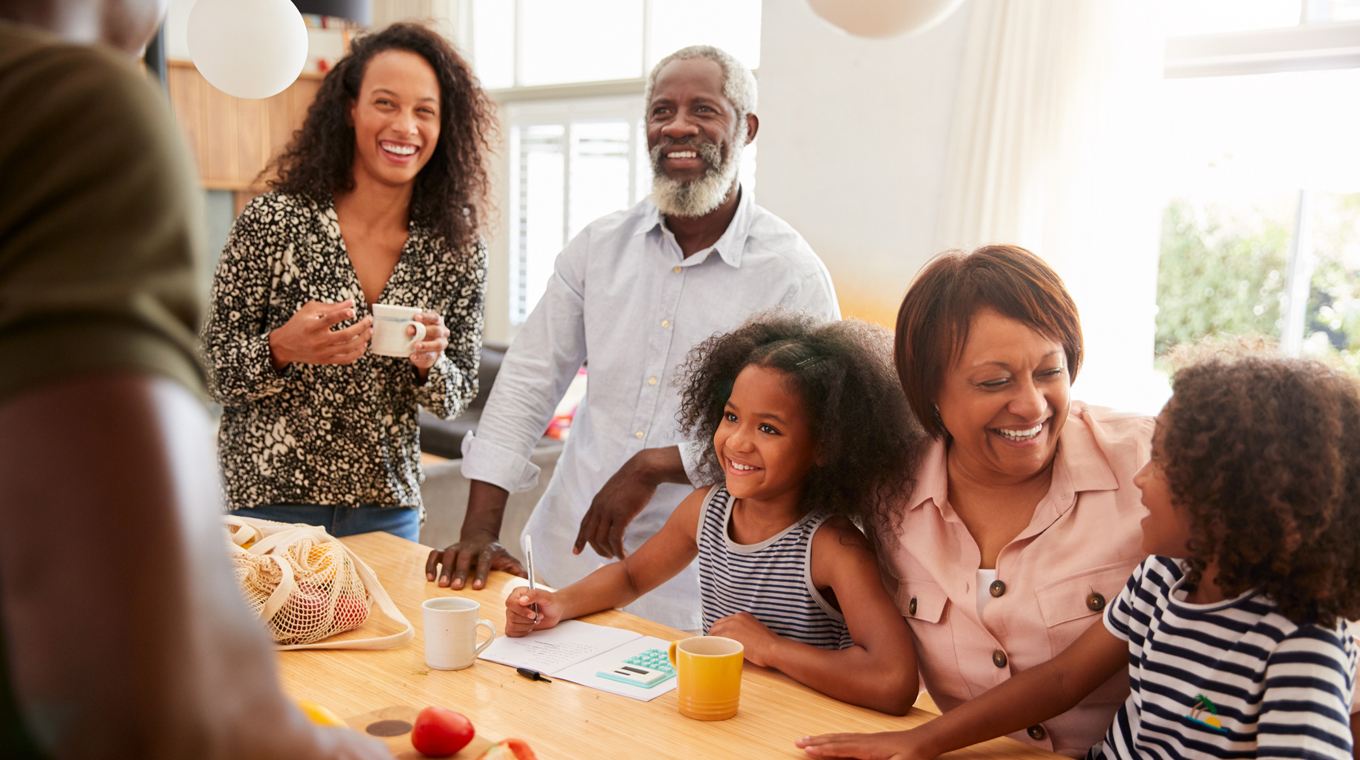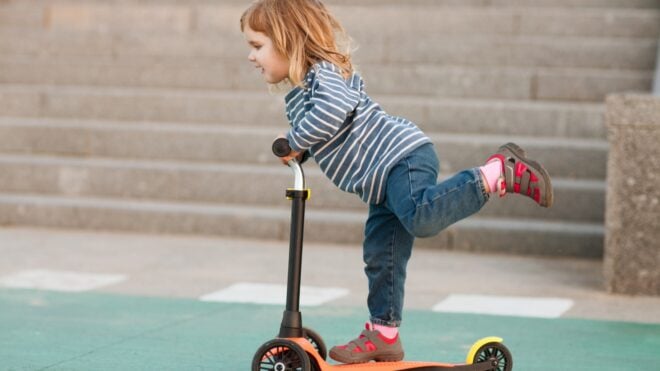
In this article
With Thanksgiving approaching, many of you may be finalizing plans for the big day. But many of you may also feel torn over whether or not to celebrate. You may be wondering how to observe the day while still respecting Native people, or you just may need the right words to help get your family on the same page. It can become a question of whether you should uphold long-standing family traditions, create new traditions, or forgo the holiday completely.
Here we discuss the true history of Thanksgiving and offer insight into how to talk to your kids about Thanksgiving history, its problematic origins, and impact on Indigenous people as well as ways to respectfully observe harvest traditions with your family.
Thanksgiving History: Truth vs. myth

“Thanksgiving is a myth,” Lipan-Apache educator Kelly Tudor wrote on her blog, Native American Curriculum Review. “It’s as simple as that. The whole ‘friendly pilgrim and Indian feast’ never really happened. This American-origin mythology is harmful — not just to Native peoples, but all people who learn false narratives. The true history is not a happy one. It is one of violent colonization and celebrations of massacres.”
What many call the first Thanksgiving, was simply a harvest feast in 1621 which Native tribe Wampanoag leader, Massasoit, along with 90 other Wampanoag members, invited themselves to. It was a diplomatic move they believed would be in their best interests.
Colonists would later go on to declare a “feast of Thanksgiving” after skirmishes and massacres throughout present-day Connecticut and Massachusetts. One such massacre in 1637 saw 800 Pequot men, women, and children killed as a way to control the trade of wampum (shell beads) and fur. Soon, as evidenced by the multitude of massacres that would come to pass, this became a dark time for Indigenous people.
“Many Native peoples look at the history of the so called ‘first Thanksgiving holiday’ as the beginning of the end. The beginning of a wave of violent colonization from the east coast, land theft, genocide, plagues, death, destruction, etc.,” Tudor wrote. “It is not a happy time or a reason to celebrate for many of us. Native perspectives on the holiday are often negative.”
How to teach kids Thanksgiving history

So, what do we do? How can we teach kids the true Thanksgiving history in an age-appropriate way? Talking to kids about the dark history of Thanksgiving will depend on their age, of course, and how much they can handle.
But it is also important to note the privilege of having the choice to learn about it or not.
Minority children have been on the receiving end of racism even at very young ages, so then, if a Black or Brown child in kindergarten can experience racism, why are we so opposed to a white child of the same age, learning about it?
The easiest way to introduce the harsh realities of history to young children is through literature and books. They can be revisited year after year, allowing younger children to glean from them what they’re able. It’s about meeting your children where they are and helping them understand in an age-appropriate way.
The book 1621: A New Look at Thanksgiving may work well as a family read-aloud for upper-elementary, middle, and high school students. It’s geared toward students in grades six through eight and stresses the fact that much of what we were taught about Thanksgiving has no factual historical basis.
In addition to the above-referenced book, Tudor addresses the myth of Thanksgiving with a comprehensive list of educational resources, books, and lesson plans for parents, caregivers, and teachers to share with the children in their lives.
How to celebrate Thanksgiving respectfully

Tudor suggests forgoing Thanksgiving as a holiday and creating new traditions with your family. My own family, with our Powhatan ancestry, decided to do exactly that. We no longer acknowledge Thanksgiving as a holiday and instead choose to spend time together with a meal, playing board games, and just hanging out together, with no mention of traditional Thanksgiving. If we want turkey and stuffing, we can buy it in February or March without the crowds and chaos.
“We live in the DC area, so we sometimes purchase our Thanksgiving from the Native American chefs who work at the Smithsonian Native American Museum of the American Indian,” homeschooling mom of two Elle Cole told Mom.com. “My children love the experience of visiting the museum and participating in the activities, and they love the food. I’ve also taken them to a colonial farm to learn about early American life.”
It’s about creating new traditions and ensuring your children understand that what they learn in school isn’t necessarily the actual truth. Having an open mind and empathetic heart is key, and being willing to buck tradition is also important. Getting some family members to change can be a challenge, so you may only be able to meet them where they are, and that’s OK, too. You’re doing the hard work by ensuring your children know the truth and that is to be commended.
As long as you are doing the work, it’s also important to acknowledge that for some Native people, the fourth Thursday of November is a National Day of Mourning. On her blog, Tudor shared a video explaining how and why this came to be.
This may be a good start for young children and family members who are opposed to the idea of forgoing Thanksgiving. Small steps like sharing that video and learning what Native land you’re living on, may go a long way toward acknowledging that the Thanksgiving history we learned in school wasn’t the whole story.




